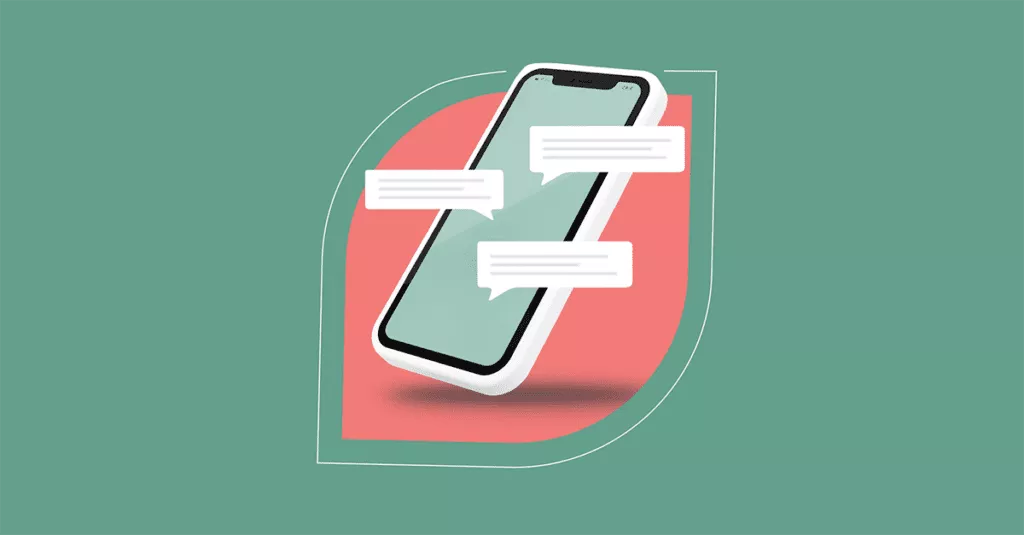
The Role of ITSM in Modernizing Onboarding Process Across Departments
New employee onboarding is often the bane of IT organization personnel and their peers in other business functions. It can be a nightmare – with the new employee arriving on their first day to perhaps find they have a new laptop they can’t use yet or insufficient security clearance to access the restroom on another floor. However, the same can be true for other corporate onboarding activities, not just those related to new employees. For example, a newly onboarded customer might be unable to access the products or services they need because the related due diligence checks have been delayed due to a Legal team disconnect. Or, a supplier might struggle to get paid (after delivering their products or services) because of onboarding issues related to the Accounts Payable team in Finance.
A big part of these onboarding issues is that multiple tasks are involved spread across various business function teams. There are also often dependencies that make these tasks even trickier. And don’t get me started on the fact that much of the onboarding work might still require manual effort in some organizations when automated workflows would be far more beneficial.
But don’t worry; there’s a better way to onboard your new customers and suppliers. This involves leveraging your corporate IT service management (ITSM) capabilities. In particular, the corporate ITSM tool or platform. Please keep reading to find out more.
This article looks at how #ITSM tools and #AI can help modernize onboarding, reduce delays, and deliver better business outcomes across departments. Share on X
Digging into the complexity of onboarding
The onboarding processes for employees, customers, and suppliers will likely differ across organizations. Perhaps influenced by organizational size, geographic region, and industry. There might even be differences within organizations depending on the onboardee’s role. For example, a supplier offering consultancy or support-based services might need employees on-site at certain points. This example adds extra complexity to the supplier onboarding process, although these additions might be left until later for larger suppliers.
In the case of new supplier onboarding, the process might include some or all of the following elements after the initial supplier identification and selection tasks have been completed:
- Legal, Compliance, and Risk Management teams (or personnel) will conduct due diligence checks (including financial stability reviews), verify compliance (with local laws, tax regulations, and industry standards), and ensure adherence to relevant data security, privacy laws, and anti-corruption policies.
- Legal and Procurement teams will draft the supplier contract that outlines the terms, pricing, service level agreement (SLA) factors, and payment terms. The SLA factors might be complex and define points such as liabilities, warranties, penalties, and dispute resolution mechanisms as well as the agreed service levels. There might also be the need to negotiate intellectual property rights and invoke confidentiality clauses.
- Procurement and Finance will set the new supplier up in the corporate Enterprise Resource Planning (ERP) or Procurement system (with this facilitated by IT). This includes creating the supplier profile and configuring invoicing and payment settings. As well as making the supplier products and services available to authorized employees, the supplier might also need access to corporate supplier portals and ordering systems.
- Finance (the Accounts Payable team) will set the supplier up for payment after collecting and verifying the supplier’s bank details. Payment terms and the supplier’s preferred currency and payment methods might also be set at this stage. There will also likely be tax forms required. Hopefully, at this point, the supplier is ready for payment processing.
- Procurement and Vendor Management personnel must also set up suitable supplier management capabilities to track the new supplier’s performance (this activity will likely add the latest supplier to the existing supplier management practice).
So, a lot must be done before a new supplier is available to your organization! Something similar applies to onboarding a new customer, with both onboarding processes requiring that multiple business functions work together across discrete tasks to meet a shared aim.
ITSM + automation + a dash of AI = onboarding that actually works. Read all about it in this blog. #ITSM #ServiceDesk #Automation Share on XUsing ITSM to help with customer onboarding
Thankfully, your existing ITSM capabilities can help with the complexity and effort involved in customer (and supplier) onboarding, especially in leveraging technology to improve operational efficiency using automation. If it helps, there’s already a precedent with employee onboarding.
Employee onboarding was initially the “poster child” for enterprise service management (ESM) – other business functions using ITSM capabilities to improve their operations, experiences, and business outcomes. While this name might stress the sharing of ITSM best practices, the real power of ESM comes from using the corporate ITSM tool to deliver workflow automation and, now, the benefits of artificial intelligence (AI) to other business functions. These technological capabilities are equally applicable to customer (and supplier) onboarding.
For customer onboarding, the corporate ITSM tool will help ensure that different corporate teams understand and execute on their roles. For example:
- Legal teams (or personnel) might be responsible for automated customer due diligence checks (especially when a line of credit is requested).
- Sales and Finance will set the new customer up in the corporate ERP system (perhaps via a Customer Relationship Management (CRM) system integration) for debt management.
- Finance (the Accounts Receivable team) will set the customer up for billing and payment and monitor early engagements.
- Customer Account Management personnel must also set up suitable customer management capabilities to help ensure that agreed service levels are met and to identify upsell and cross-sell opportunities that grow the customer account.
Using ITSM to help with supplier onboarding
The workflow automation capabilities within the ITSM tool can be used by any other business function (and with domain separation). So, the Procurement team can initiate a new supplier onboarding request, and thanks to pre-defined supplier onboarding templates, the ITSM tool can automatically trigger the full set of required tasks to the respective business functions.
The ITSM tool’s notification capabilities alert the respective business function teams of the need, with completed tasks logged and slow-progressing tasks chased via alerts. The combination of workflow automation and alerting capabilities speeds up the execution of the tasks involved in new-supplier onboarding and helps to prevent any bottlenecks that delay progress or unwanted consequences such as non-payment.
Everyone wins. Business function personnel have immediate insight into what’s required of them, and the new supplier will be efficiently set up as needed. If there are issues, including potential points of failure, Procurement has real-time visibility of progress and teams are alerted to take the necessary actions to ensure all supplier onboarding tasks are completed in time.
Other traditional ITSM tool capabilities also help. However, the addition of AI-powered capabilities to ITSM tools can supercharge new supplier and customer onboarding.
Did you know that the addition of AI-powered capabilities to ITSM tools can supercharge new supplier and customer onboarding? Here's how. #ITSM #ServiceDesk #AI Share on XAI is a game changer for customer and supplier onboarding
In the same way that new AI-powered ITSM capabilities are helping IT teams with IT service delivery and support, the AI capabilities within the corporate ITSM tool or platform can be extended to other business functions. These add to the traditional ITSM tool capabilities that have already made ESM a valuable initiative for many organizations.
Example AI ESM use cases range from improved and intelligent workflow automation to virtual agents and assistants. For example, using customer onboarding this time, ITSM tools and the embedded AI capabilities will help onboarding through:
- AI that analyzes customer profiles to customize the onboarding journey accordingly.
- AI chatbots that respond instantly to customer queries during onboarding and guide them through product setup or troubleshooting.
- AI that suggests relevant helpful information based on customer behavior.
- AI-driven workflows that automate customer account creation and trigger follow-ups to ensure all customer onboarding steps are completed.
- Automated provisioning – where technology-based products and services are made available to customers.
- AI that analyzes onboarding engagement levels and predicts which new customers need extra support (which might be human-based).
For certain tasks, new Agentic AI capabilities that leverage AI builders (like the SysAid AI Builder Studio) to build without code help transform customer and supplier onboarding from merely a task-based checklist into streamlined, continuous processes.
Hopefully, this blog has opened your eyes to the many opportunities to use ITSM capabilities for customer and supplier onboarding. To learn more about the role of ITSM in modernizing onboarding processes across departments, you can take a look at the AI Builder Studio here.






